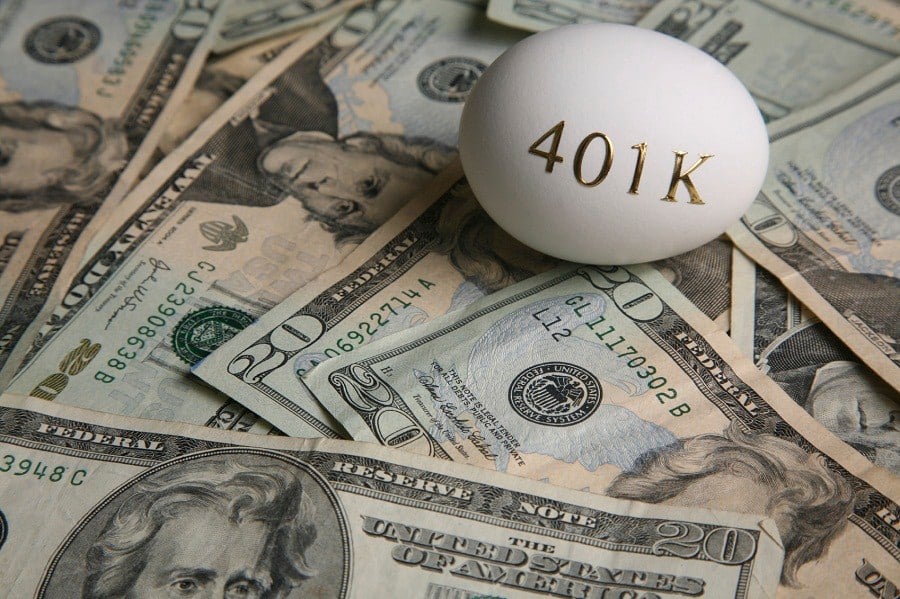

It’s indisputable that something needs to be done to fix the Social Security system’s underfunding problem, and a pair of ideologically opposed academics suggest eliminating the tax preferences for 401(k)s and individual retirement accounts as solution.
That would not mean shifting the traditional 401(k) system from its deferred taxes on contributions and appreciation to a Roth design, in which taxes are paid upfront. Instead, it would eliminate some or all of the tax benefits of both designs, including the payroll tax perks for employers.
Doing so could free up revenue equal to an estimated 1.3 percent of gross domestic product, which could offset most of Social Security’s long-term funding gap, which is pegged at 1.3 percent to 1.7 percent of GDP, authors Alicia Munnell and Andrew Biggs wrote in a recent paper. The Social Security trust funds are projected to run dry by 2034, at which point benefit payments would have to be reduced, unless emergency measures are taken to fund the system.
“Tax expenditures for employer-sponsored retirement plans are expensive – costing about $185 billion in 2020. And, strikingly, they appear to be a very bad deal for taxpayers,” they wrote. “The current tax preferences primarily benefit high earners, and the tax expenditure has failed at its broader policy goals of increasing national saving or expanding plan coverage. Therefore, the case is strong for curtailing these tax breaks.”
To highlight that, they point to virtually unchanged participation rates in employer-sponsored retirement plans among workers ages 25 to 64 between 1989 (51 percent) and 2022 (53 percent).
Munnell, director of the Center for Retirement Research at Boston College, noted in a recent MarketWatch column that she usually disagrees with Biggs, a conservative economist at the American Enterprise Institute.
Their paper proposes several ways in which legislators could divert tax expenditures from the retirement savings system, including limiting annual contributions to tax-favored accounts, putting a cap on accumulated balances, or taxing the annual earnings the accounts see. That, along with doing away with the payroll tax benefits for employers, could somewhat reduce the incentives to offer workplace retirement plans – but a way around that would be to change the system so that employers and employees pay into a plan overseen by third parties, with self-employed workers also eligible to participate.
Getting Democrats and Republicans to agree on any such changes, particularly in the current Congress, would likely be challenging. In 2017, a draft of a Republican tax bill initially sought to reduce the annual contribution limit for 401(k)s to $2,400, down from the $18,000 level at the time. There was considerable pushback on that idea, which got a lot of media attention, and the provision was not included in the final version of the bill.
While few would argue that anyone gets rich by participating in a 401(k) or IRA, researchers have found that the savings system provides an outsize benefit for the wealthy. That is partly because lower-income workers are less likely to have access to employer-sponsored plans or the means of directing income to retirement accounts.
A report last year by the Government Accountability Office found that 90 percent of people 51 to 64 who were in the highest-income quartile had 401(k) assets as of 2019, compared with just 10 percent of people in that age group in the lowest-income quartile. Meanwhile, participation rates for lower-income workers have fallen significantly since 2007 but remained mostly flat for the middle class, the GAO found.
Labor economist Teresa Ghilarducci, who has championed the idea of “guaranteed retirement accounts” that would be available to all the but the highest-income workers, wrote last year in a paper with Karthik Manickam that the current system has not helped lower-income people.
“In the United States the trend towards commercial, individualized, and voluntary accounts and away from an expanding Social Security system and defined benefit occupational systems have led to more retirement wealth inequality,” they wrote.
Empower CEO Edmund Murphy acknowledged the coverage problem Tuesday during a panel discussion at an Employee Benefit Research Institute event.
The voluntary savings system in the U.S., Murphy said, “is one of the best public-private partnerships we’ve had,” pointing to declining costs for administration and investment management in 401(k)s.
But, he said, “we still have a coverage issue that’s particularly prominent among the sub-50-employee companies.” Acknowledging that that was a controversial thing for a Republican to say, Murphy said, “I believe we need a mandate to offer a retirement plan at all companies.”

Most firms place a limit on advisors’ sales of alternative investments to clients in the neighborhood of 10% a customer’s net worth.

Those jumping ship include women advisors and breakaways.

Firms in New York and Arizona are the latest additions to the mega-RIA.

The agent, Todd Bernstein, 67, has been charged with four counts of insurance fraud linked to allegedly switching clients from one set of annuities to another.

“While harm certainly occurred, it was not the cataclysmic harm that can justify a nearly half billion-dollar award to the State,” Justice Peter Moulton wrote, while Trump will face limits in his ability to do business in New York.
Orion's Tom Wilson on delivering coordinated, high-touch service in a world where returns alone no longer set you apart.
Barely a decade old, registered index-linked annuities have quickly surged in popularity, thanks to their unique blend of protection and growth potential—an appealing option for investors looking to chart a steadier course through today's choppy market waters, says Myles Lambert, Brighthouse Financial.
